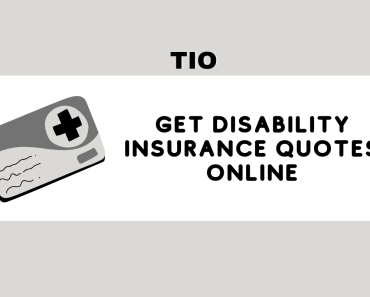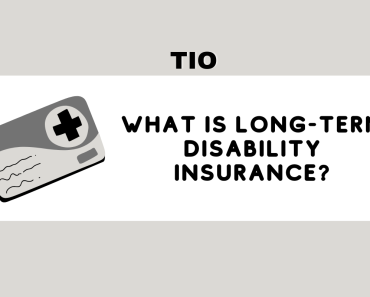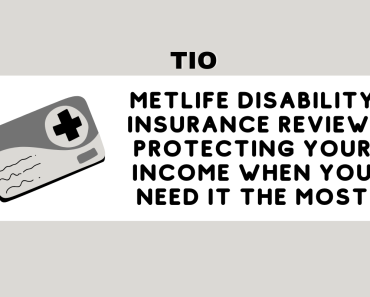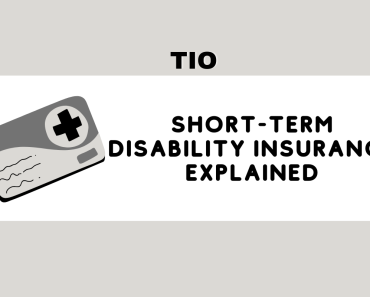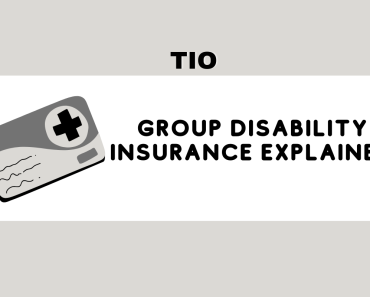If you’ve suffered an injury or illness that prevents you from working, filing a disability insurance claim can help you receive financial support. However, the process of filing a claim can be complex and confusing. In this article, we’ll walk you through the steps of filing a disability insurance claim, from preparing to file to receiving benefits.
Table of Contents
- Understanding Disability Insurance
- Preparing to File a Disability Insurance Claim
- Filing a Disability Insurance Claim
- Waiting for a Decision
- Receiving Disability Insurance Benefits
- Appealing a Denied Claim
- Frequently Asked Questions (FAQs)
1. Understanding Disability Insurance
Disability insurance provides income replacement if you’re unable to work due to an injury or illness. The benefits you receive will depend on the terms of your policy, which can vary widely between insurance providers. Some policies may cover only short-term disability, while others may provide benefits for long-term disability. It’s important to review your policy carefully to understand the coverage you have.
2. Preparing to File a Disability Insurance Claim
Before filing a disability insurance claim, you’ll need to gather some information and documentation. This may include:
- Medical records: You’ll need documentation from your healthcare provider that outlines your medical condition and the expected length of your disability.
- Policy information: You’ll need to review your insurance policy to understand your coverage and benefits.
- Employment information: You’ll need to provide information about your job, such as your job title, duties, and salary.
- Financial information: You’ll need to provide information about your income and expenses to determine the amount of benefits you may receive.
3. Filing a Disability Insurance Claim
To file a disability insurance claim, you’ll need to contact your insurance provider and provide them with the necessary information and documentation. You may be able to file a claim online or by phone, or you may need to fill out and submit a paper application.
When filing your claim, be sure to provide as much detail as possible about your medical condition and how it prevents you from working. You’ll also need to provide information about your job and income, as well as any other relevant information requested by your insurance provider.
4. Waiting for a Decision
After you file your claim, your insurance provider will review the information and documentation you’ve provided and make a decision about your eligibility for benefits. This process can take several weeks or even months, depending on the complexity of your case.
During this time, it’s important to stay in communication with your insurance provider and provide any additional information or documentation they request. You may also want to consider seeking legal advice if you believe your insurance provider is not processing your claim appropriately.
5. Receiving Disability Insurance Benefits
If your disability insurance claim is approved, you’ll begin receiving benefits according to the terms of your policy. Depending on your policy, benefits may be paid weekly or monthly and may continue for a set period of time or until you’re able to return to work.
It’s important to continue providing your insurance provider with updated medical information and documentation throughout your disability to ensure that your benefits are not interrupted. You may also want to consult with a financial advisor to ensure that you’re using your benefits in the most effective way.
6. Appealing a Denied Claim
If your disability insurance claim is denied, you have the right to appeal the decision. This process can be complex and may require legal assistance. You’ll need to provide additional information and documentation to support your claim, and you may need to attend hearings or provide testimony.
7. Frequently Asked Questions (FAQs)
- What if I’m self-employed? Can I still file a disability insurance claim? Yes, self-employed individuals can still file a disability insurance claim. You’ll need to provide information about your income and expenses to determine the amount of benefits you may receive.
- How long does it take to receive disability insurance benefits? The length of time it takes to receive disability insurance benefits can vary depending on the insurance provider and the complexity of your case. It can take several weeks or even months to receive a decision on your claim.
- Can I receive disability insurance benefits while I’m working? It depends on the terms of your policy. Some policies may allow you to work part-time while receiving benefits, while others may require that you not work at all.
- What if I disagree with the decision on my disability insurance claim? If you disagree with the decision on your disability insurance claim, you have the right to appeal. This process can be complex and may require legal assistance.
- What if my disability insurance claim is denied? If your disability insurance claim is denied, you have the right to appeal the decision. You’ll need to provide additional information and documentation to support your claim, and you may need to attend hearings or provide testimony.
In conclusion, filing a disability insurance claim can be a complex process, but it’s important to understand your policy and the steps involved in filing a claim. By gathering the necessary information and documentation, filing your claim, and staying in communication with your insurance provider, you can increase your chances of receiving the benefits you need. And in case of a denied claim, it’s important to know your rights and options for appealing the decision. Don’t hesitate to seek legal advice if necessary.



